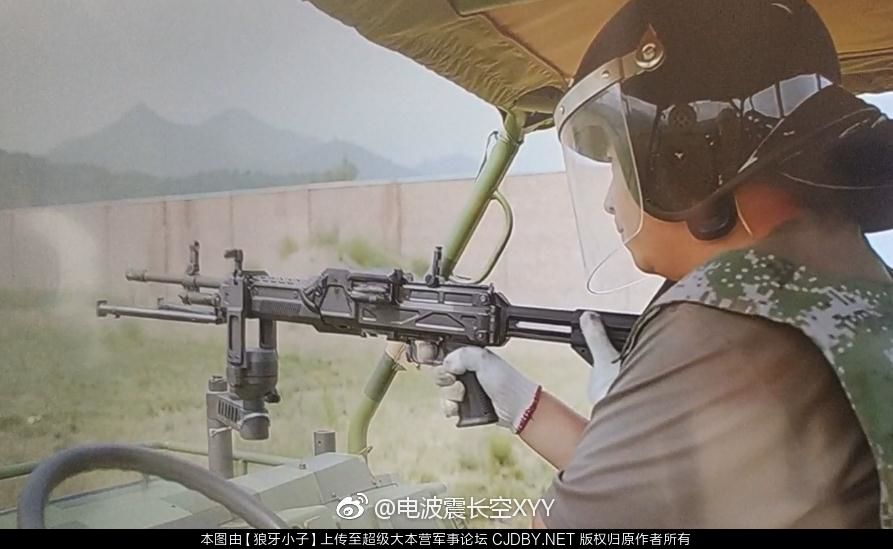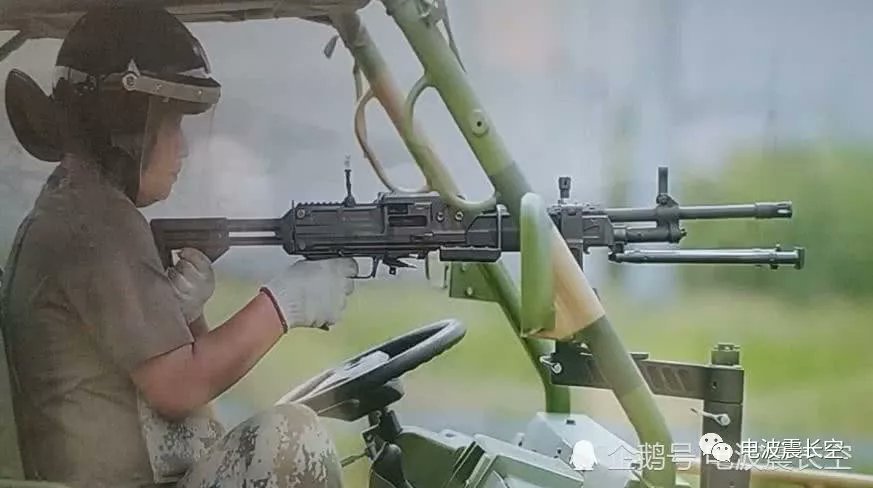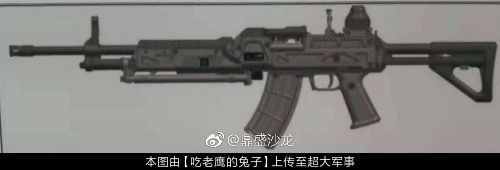The PLA has an unique appreciation of the importance of logistics almost engrained in its DNA thanks to its beginnings and most notable foreign campaign to date (Korea).
As such, they try to streamline as much as possible, and can be fairly resistant to taking on new stuff because of the logistical impact such changes will bring as much as because of the added monetary costs.
Because of this, the PLA really managed to make a truly man-portable 50cal/12.7mm HMG with the QJZ-89, and looks to be making an even lighter next gen 50cal.
As such, one can easily understand why they dispensed with the 308 cal/7.62mm GPMGs and standardised on 5.8mm and 12.7mm as it’s two machine gun calibers.
5.8 gives you standardised ammo as the regular infantry (both the standard issue rifle 95s and 88s can use both standard and MG ammo, indeed, the 95-1 improved standard service rifle has started using MG ammo as standard anyways); while 12.7 gives you range and punch way beyond what 7.62 could hope to achieve.
I don’t think the PLA is a big believer of suppression fire like some western militaries, and prefer accuracy and efficiency, again owing to its logistics focus. Hence their preference for grenade launchers.
If you engage in a firefight with a PLA unit from cover, they will either obliterate you alongside said cover with 12.7mm machine gun fire, and/or blast you with grenade launchers rather than rain lead on your position. With the proliferation of sniper rifles, that also adds to the PLA’s toolkit when dealing with enemies in cover.
Interestingly, I think the PLA is also set to standardised on 5.8 and 12.7 as their sniper rifle calibers for the same reason as their machine gun caliber choices.
The main drawback of these choices would be volume of fire available at medium engagement ranges. Infantry can only carry a small number of 100 round 12.7 ammo drums, and the drums themselves are too heavy to expect all squad members to be able to carry a spare, as you could with 7.62.
I suppose you can get all squad members to carry 25-50 round belts of 50cal ammo in pouches, so while the machine gunner rattles off the canned ammo, the second man of the machine gun team could collect these pouches from the rest of the squad to reload spend drums, or just feed them directly into the MG.
But even then you are not going to have anywhere close to the number of 7.62 rounds you can have, so there will be no real chance that a typical PLA squad can keep multiple enemy positions effectively suppressed at medium range to allow the GI to advance on them, as many western armies are trained to operate.
The PLA is a much more heavily mechanised force than most western militaries these days, so they would not expect to get into many medium ranges engagements, as they will rely on their armoured transports to bring the infantry in close to dismount and engage the enemy rather than try to close on foot.
As China starts to develop and deploy expeditionary forces further and further abroad, it would be interesting to see if they stick with their heavy mechanised infantry force structure, or shift to a more western rapid response light infantry model, and what, if any impact that might have on their infantry weapon choices in the future.






